Each time I gear up to teach cause and effect, I’m always bracing for the worst! Why is this seemingly one of the hardest reading comprehension strategies to teach?
Then, I finally realized that there are core supports needed to effectively teach cause and effect.
Cause and effect go together like milk & cookies, peanut butter & jelly, coffee & donuts, bacon & eggs… (clearly I’m hungry!) You can’t have one without the other.
In this blog post, I’ll go through the steps I take to help students identify how cause and effect work together. I’ll also provide a few suggestions for activities for practicing cause and effect with your students!
**This post is part of a series on reading comprehension, so if you haven’t had a chance to check out the prior posts, here they are:
Reading Comprehension: Making Connections
Reading Comprehension: Summarizing & Retell
Reading Comprehension: Main Idea & Details
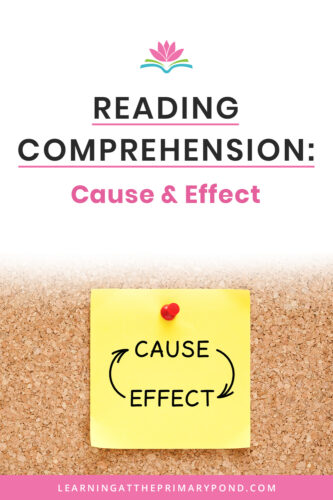
How do I explain cause and effect to students?
The clearest way I explain cause and effect to students is as follows:
Cause is what makes something happen, and effect is what happens.
Almost all of the time, we hear “cause and effect,” not “effect and cause.” However, I actually think it’s often easier to start with the effect of something – what happened? Then, work your way backwards. Why did that happen? What made that happen?
Take the example of a popsicle that’s dripping. A student wouldn’t see that popsicle and immediately think “The sun melted the popsicle so therefore it’s dripping down. To stop the cause of this, I’ll go inside to move away from the hot sun.” Instead, the student would think “Yikes! I better hurry up and eat this!” Normally in our day to day lives, we tend to see the effects more than think about the causes.
This is true of texts as well. If we read about a character who is feeling sad, the first inclination would be to ask “How is the character feeling?” That is the effect. We would then move backwards to determine the why, or the cause. “What made the character feel sad?”
What are some ideas for teaching cause and effect?
Step one to teaching cause and effect is to utilize texts, both fiction and nonfiction, that really lend itself to this skill. (Not all texts do.)
Cause and effect should be fairly easy to determine so that students can utilize the questions provided above – “What happened?” (effect) and “What made that happen?” (cause)
Here are some more tips and activities for teaching cause & effect:

- Having a graphic organizer to support this skill can be helpful for visual learners.
Above is an example of a graphic organizer from my 2nd Grade Decodable Safari resource. Something as simple as the arrow can help students see that one box is the end product and the other explains how that happened. - In passages where cause and effect is prevalent, have students use two different colors – one to highlight the cause and the other to highlight the effect. This is an engaging way for students to go back into the passage to find text evidence! They’ll also be able to visually see that sometimes there are often multiple causes for one effect, or vice versa.
- While reading a text, write down different events (both causes and effects) on sentence strips. Use a pocket chart and have two columns labeled “cause” and “effect.” At the end of the story, go back and retell the events of the story using the sentence strips. Put each sentence strip in either the cause or effect side so that students can see the relationship while sorting.
- Often cause and effect is linear (one event causes another) and the events are separate, but there are a ton of fun texts where one event causes another, which in turn causes another, and so on!
When applicable, it’s fun for students to see all of the events in one long line (I’ve seen teachers spread out events and arrows all around the classroom, and kids love it!) A great text for this is The Day Jimmy’s Boa Ate the Wash (Trinka Noble).
Sometimes, the effects become causes for other effects! When this is the case, you could use a circular graphic organizer. A perfect series for this is If You Give a… Mouse a Cookie, Pig a Party, Cat a Cupcake, etc. (Laura Numeroff) - Don’t shy away from using nonfiction texts! There are tons of examples in nature. Life cycles are a great way to incorporate cause/effect. Think seeds/flowers, caterpillars/butterflies, states of matter, etc.
Biographies also work nicely to teach cause and effect. After reading about something inspiring, ask students “Why was this person special?” or “Why did the author write a biography about this person?” That will provide the effect. Next, ask “What important things happened in the person’s life?” This question will help dig into the “cause” portion.
One of my favorite biographies to read with students is When Marian Sang (Pam Ryan). Students are able to learn about this courageous performer, all while practicing how to identify cause and effect! - The right text goes a long way! Here are some more of my favorite texts for teaching cause and effect:
– Alexander and the Terrible, Horrible, No Good, Very Bad Day (Judith Viorst)
– Once Upon a Banana (Jennifer Armstrong)
– Click, Clack, Moo: Cows That Type (Doreen Cronin)
– Have You Filled a Bucket Today? (Carol McCloud)
Conclusion
Hopefully you gathered a few more ideas to add to your teaching repertoire! I’d love to hear about more activities you use to teach cause or effect and any other texts, too! Please share any and all in the comments section!
Happy teaching!


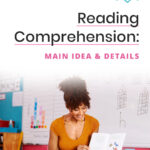
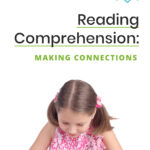
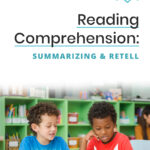
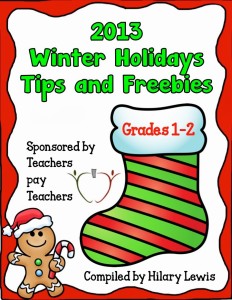
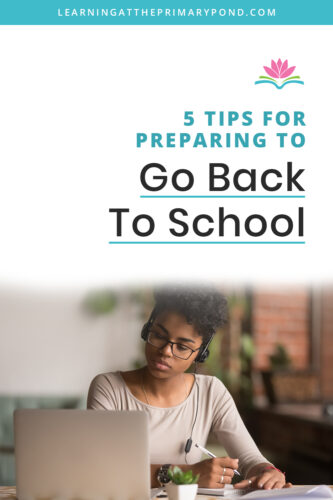
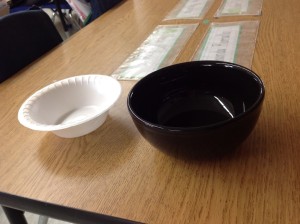






I love using Jimmy’s Boa and the day he ate the wash. My students create a laundry clothesline with the causes and effects. I truly enjoy reading your blogs. They are so insightful.
Great book choice for this!